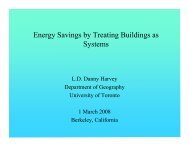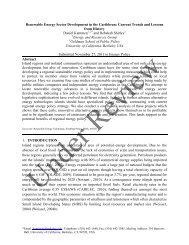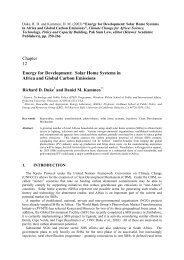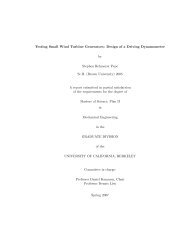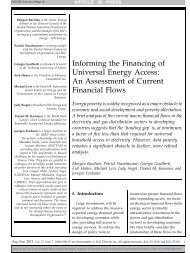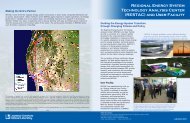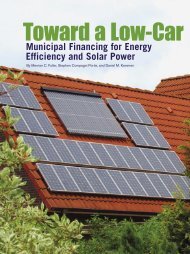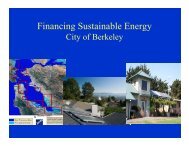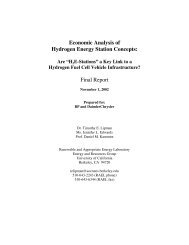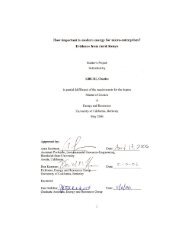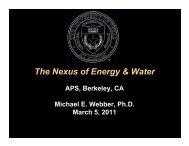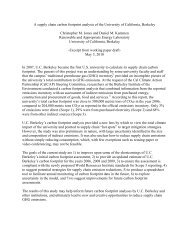What history can teach us about the future costs of U.S. nuclear ...
What history can teach us about the future costs of U.S. nuclear ...
What history can teach us about the future costs of U.S. nuclear ...
- No tags were found...
You also want an ePaper? Increase the reach of your titles
YUMPU automatically turns print PDFs into web optimized ePapers that Google loves.
<strong>What</strong> <strong>history</strong> <strong>can</strong> <strong>teach</strong> <strong>us</strong> <strong>about</strong> <strong>the</strong> <strong>future</strong> <strong>costs</strong> <strong>of</strong> U.S. <strong>nuclear</strong> power<strong>of</strong> internalizing <strong>costs</strong> for energy generation is not new, implementation <strong>of</strong> <strong>the</strong> idealags. A carbon tax provides one approach to this problem; assessing appropriatelevies on energy sources that incur security <strong>costs</strong> to society remains a policychallenge that deserves additional scrutiny.• Understand and make explicit <strong>the</strong> extent <strong>of</strong> public subsidy to <strong>nuclear</strong> power in <strong>the</strong>form <strong>of</strong> risk sharing (46). Currently, U.S. law insures any catastrophic losses inexcess <strong>of</strong> $10.2 billion due to <strong>nuclear</strong> accidents (47). The economic and financialrisks <strong>of</strong> <strong>nuclear</strong> incidents—at reactors, in transport, and in long-term storage—should be included in calculations comparing Gen IV plants against o<strong>the</strong>rtechnologies, some <strong>of</strong> which enjoy o<strong>the</strong>r forms <strong>of</strong> public subsidy.9



